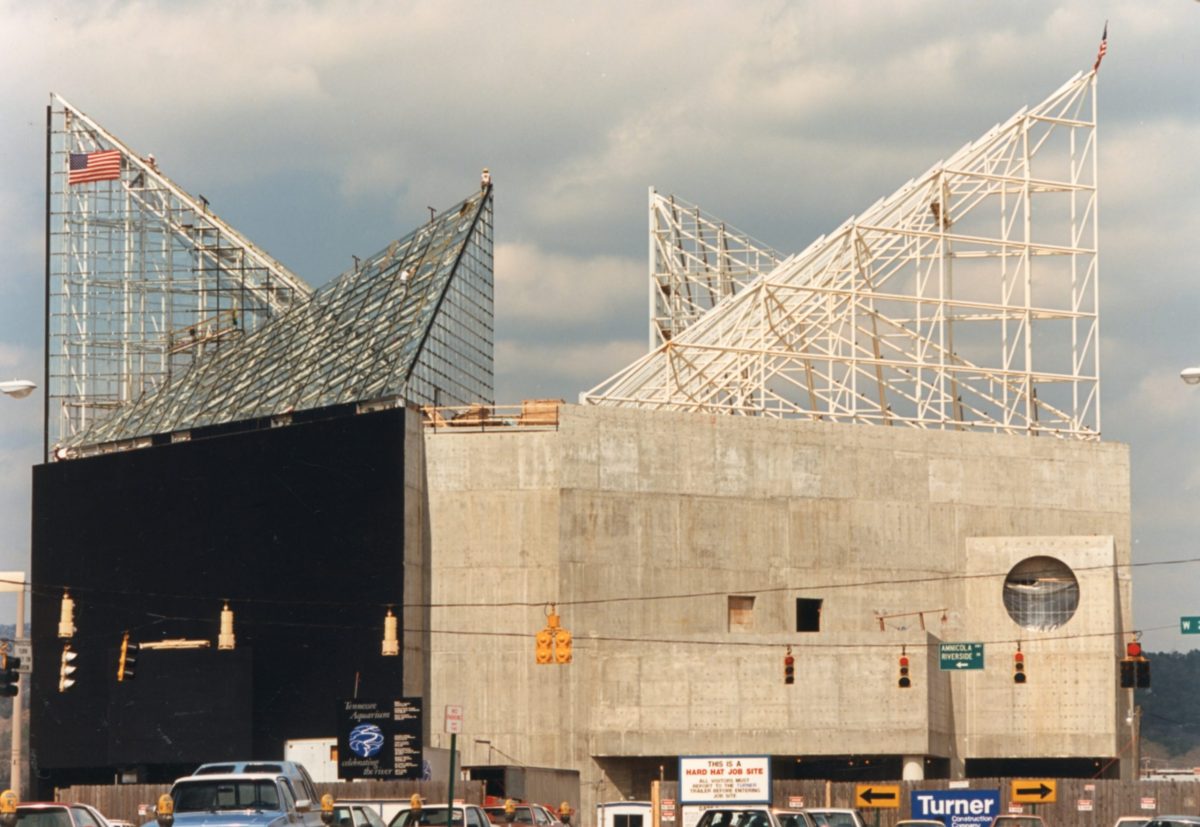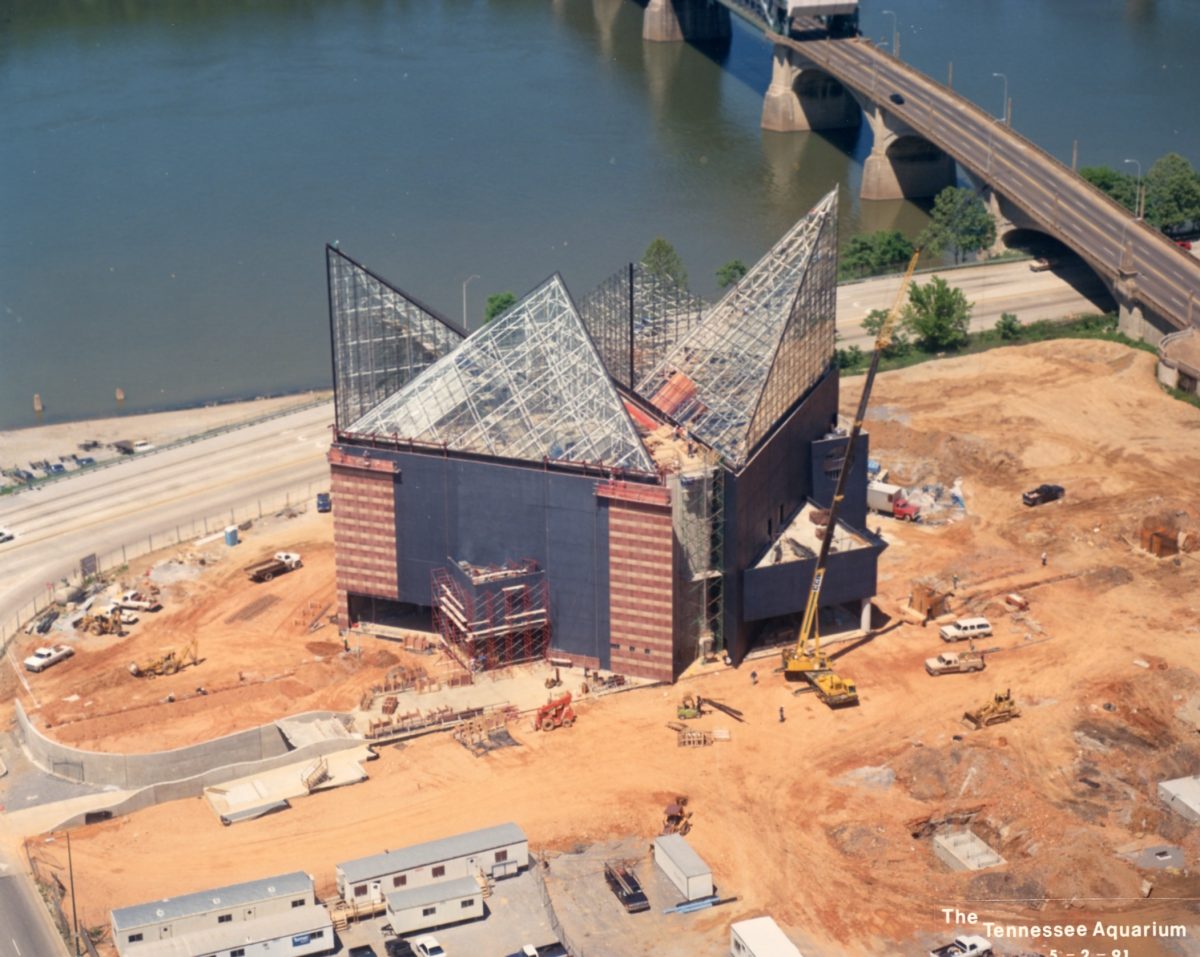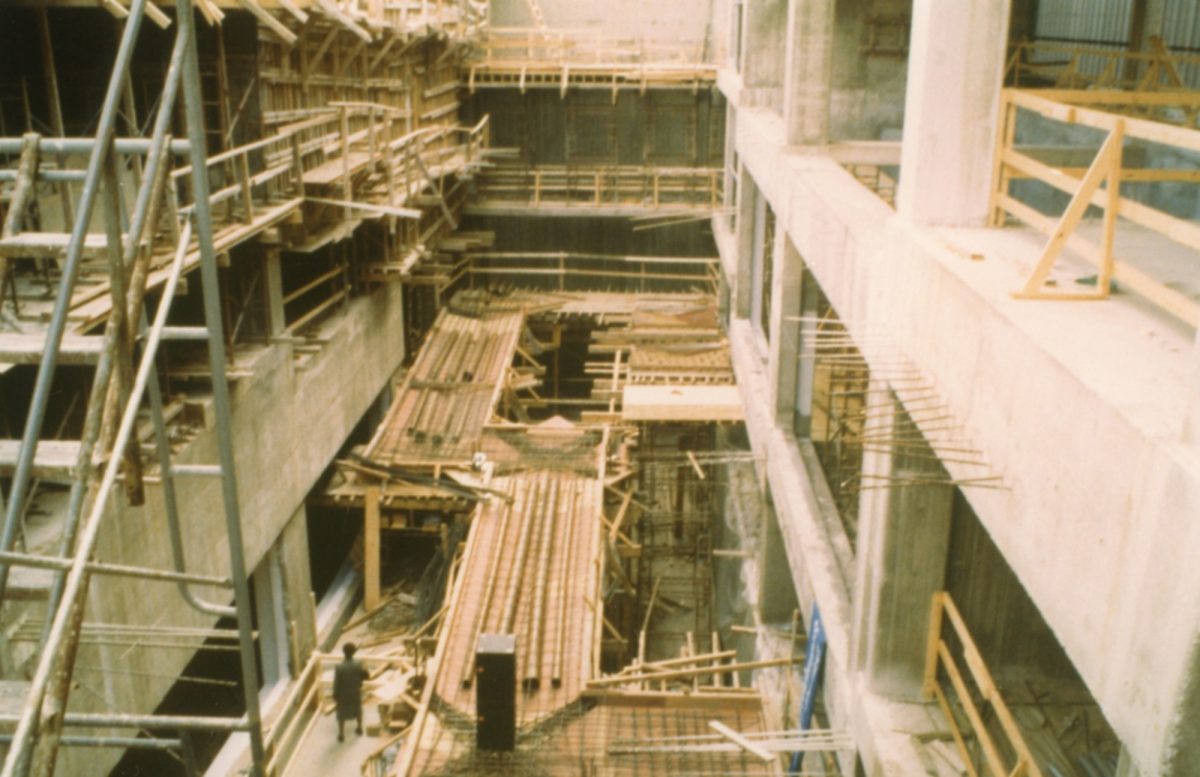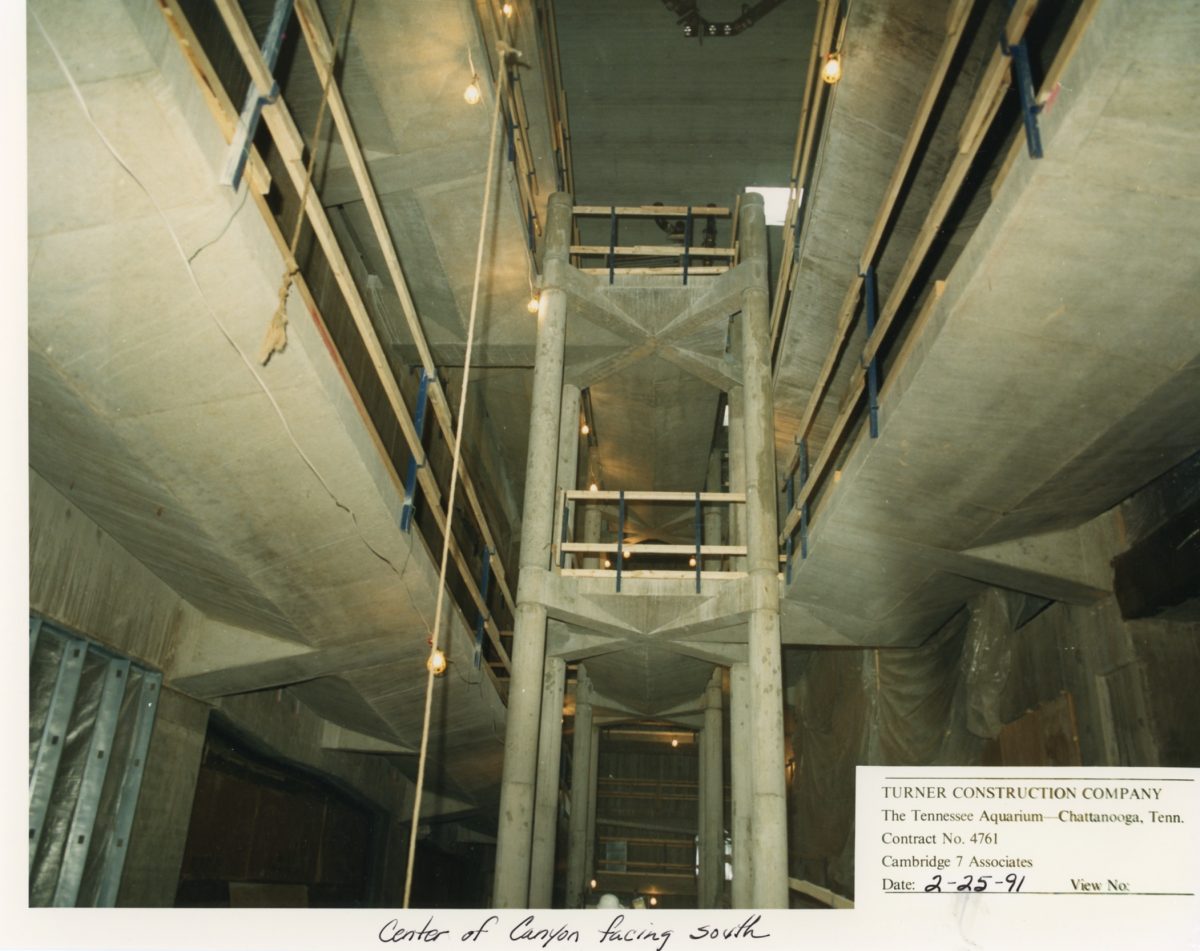When Chattanoogans envisioned a renaissance for their city, the citizens returned to the site where the city was born in 1816 – where Cherokee Chief John Ross established a trading post on the banks of the Tennessee River.
This journey back to the river began in 1984, when Chattanoogans joined in a community planning process called “Vision 2000.” Restoring downtown’s vitality was very much at the heart of the meetings. At the same time a publicly appointed citizens group – the Moccasin Bend Task Force – hosted community meetings about how to reclaim the Tennessee River. Those discussions were focused on public access and meaningful development along the riverfront.
It was a group of architectural students from the University of Tennessee at Knoxville who first suggested the idea of an aquarium near the downtown waterfront. These ideas came together in the “Tennessee Riverpark Master Plan.” Published in 1985, this 20-year plan called for $750 million of mixed-use development, enhancement and conservation along 22 miles of the Tennessee River corridor as it passed through Chattanooga.
Included in the designs for the Aquarium were the sculpted (bas-relief) “River Scenes” on the exterior of the River Journey building, which highlight the rich heritage of the Tennessee River Valley. Learn more about the linear timeline of the river’s history and culture by viewing the PDF below.
During the 1990s Chattanooga started turning plans into bricks and mortar. The Tennessee Aquarium opened in 1992, the Chattanooga Visitors Center in 1993, the Creative Discovery Museum in 1995, the IMAX 3D Theater in 1996. The renovated Walnut Street Bridge opened as a pedestrian-only bridge in 1993. Directly across the river from all of this activity, Coolidge Park, featuring a vintage carousel, opened in 1999, spawning a retail renaissance on the city’s north shore. And on the south end of town, the convention center was expanded a block away from a new conference center and hotel. Private enterprise was rekindled, too, with at least a hundred eateries, shops and other businesses sprouting up to support the influx of downtown visitors.
The sheer volume of activity was enough to capture the nation’s imagination through the media and by word of mouth. The recession-plagued industrial city Walter Cronkite called “the dirtiest city in America” during a 1969 CBS newscast shed its inferiority complex and basked in the limelight of media attention throughout the 1990s, appearing on the covers of “U.S. News and World Report” and “Parade” magazines. Chattanooga was named one of the most enlightened cities in America (“Utne Reader”); one of the top 10 family vacation destinations (“Family Fun” magazine); one of the world’s great cities (NPR’s “Morning Edition”); one of the country’s best places to live, work and play (“Outside” magazine); and was named one of America’s most walkable cities (“Walking” magazine).
Although the transformation began in 1992 with the opening of the Aquarium, it continued in the spring of 2005 – when Chattanooga unveiled another $120 million in riverfront improvements spanning 129 acres. The 21st Century Waterfront Plan capitalized once again on the public/private partnerships that have made Chattanooga a model for urban revitalization. What began as a discussion about improving a marina grew to include expansions of the Tennessee Aquarium and the Hunter Museum of American Art, improvements to the Creative Discovery Museum, public art installations, and the complete overhaul of the riverfront at Chattanooga’s birthplace, Ross’s Landing.




